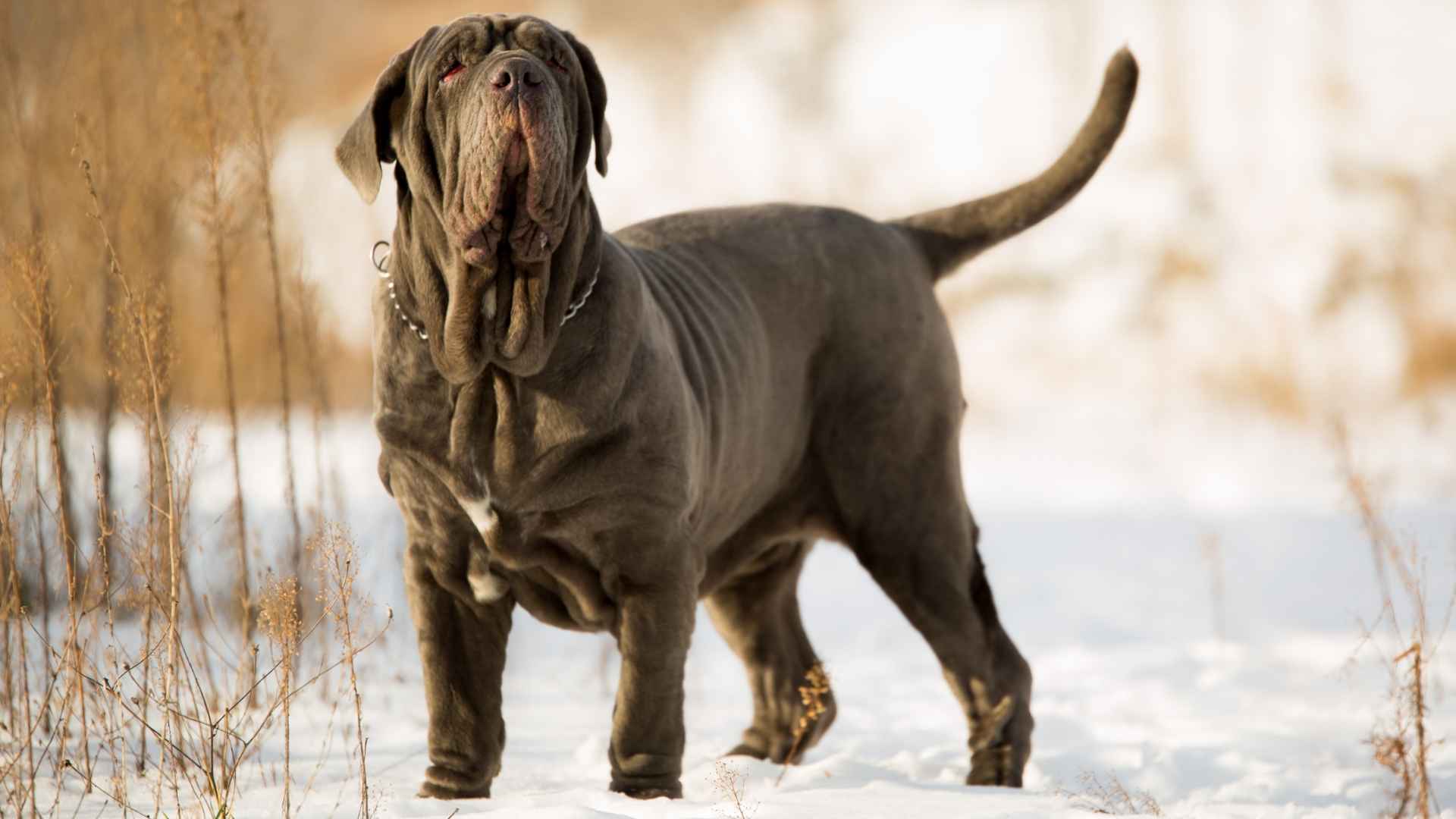Big dogs don’t just turn heads—they command attention. Whether you’re walking down the street or answering the door, a giant dog breed makes a statement few can ignore. They’re symbols of strength, protection, and undeniable presence.
But let’s be honest—most people don’t know what living with a large dog breed really involves. Is it hard to manage? What about the drool, the space, the food bills? If you’ve ever stood next to one and felt both awe and anxiety, you’re not alone.
These colossal canines aren’t just bigger—they’re bolder, louder, and often misunderstood. This guide explores the world of giant breeds so you can decide if one of these towering titans is right for your lifestyle.
Did you know?
The English Mastiff holds the record for the heaviest dog ever recorded at an astounding 343 pounds!
Colossal Dog Breeds
1. Irish Wolfhound
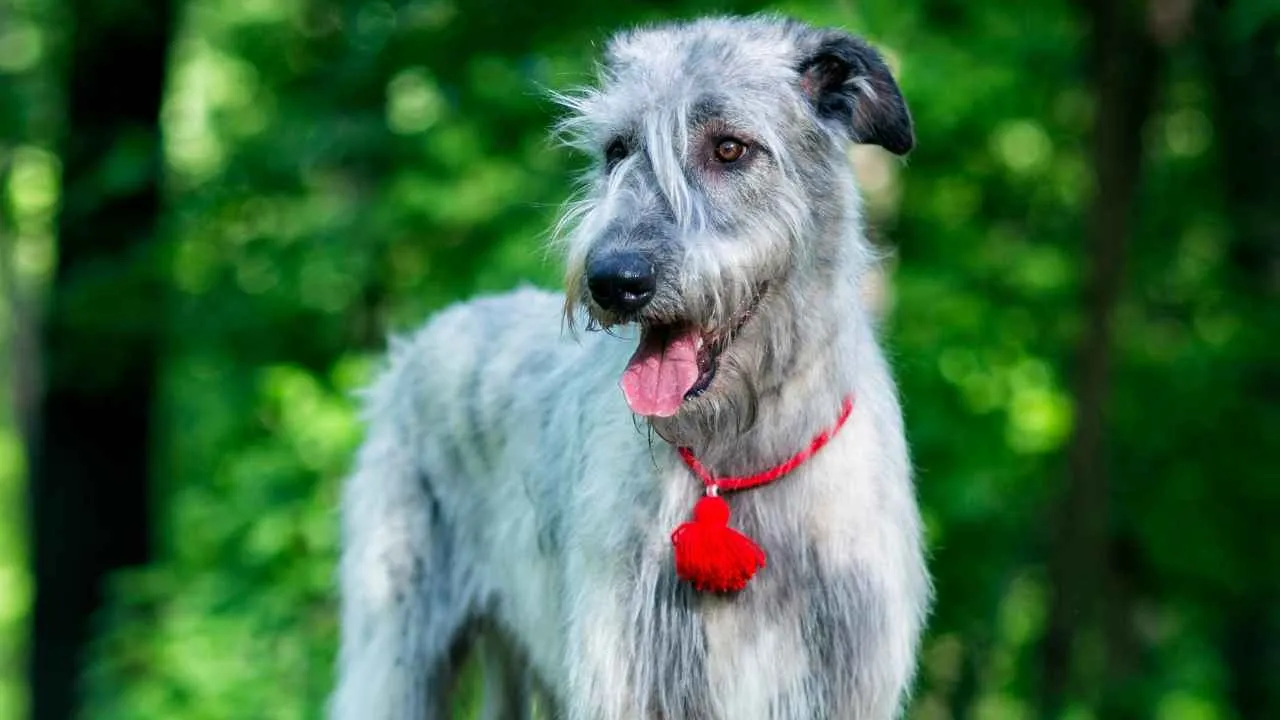
This breed doesn’t just check the “colossal” box—it invents a new category. Towering over most breeds, the Irish Wolfhound was once a fearsome predator chaser, but today, it turns heads with its statuesque calm.
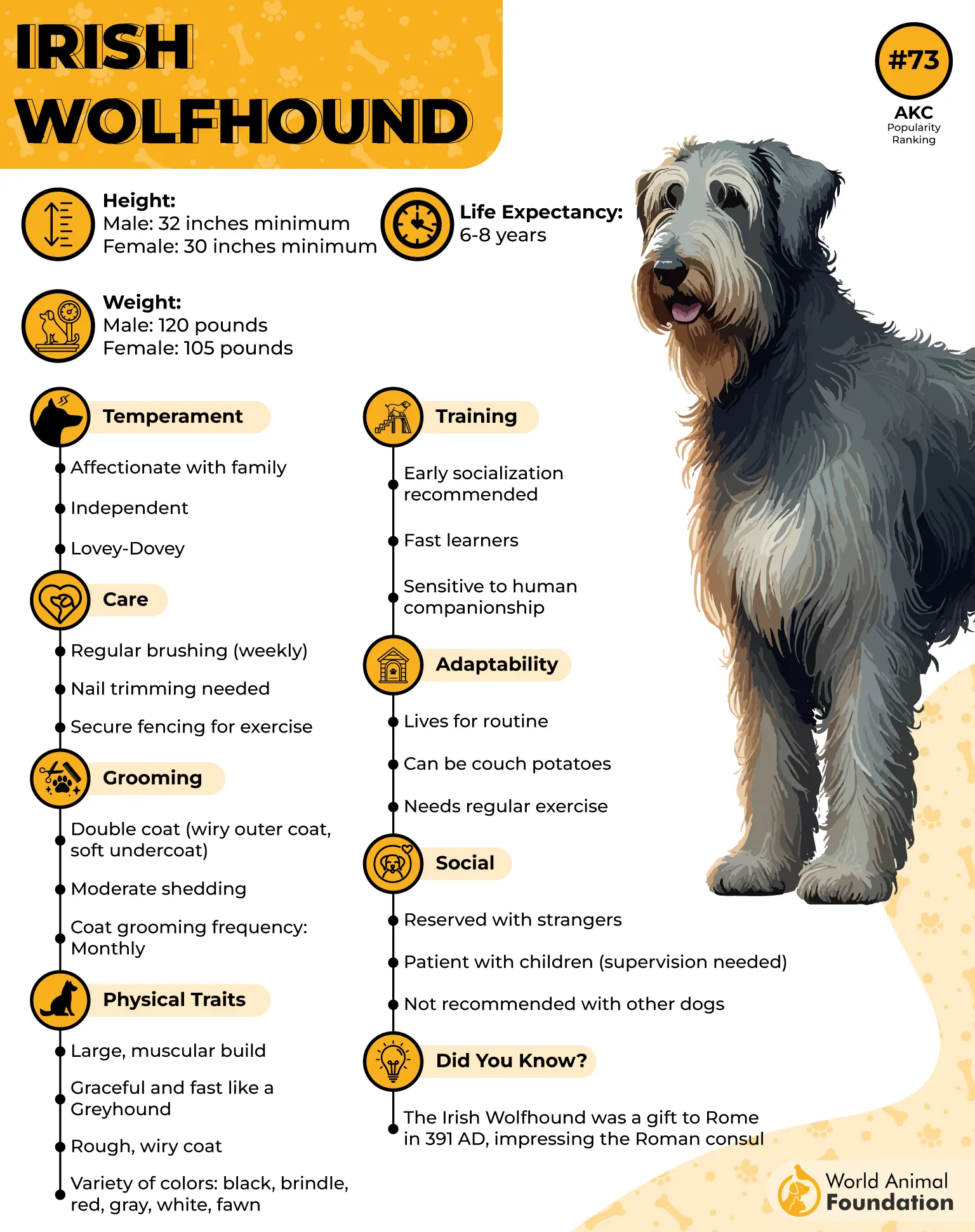
Don’t be fooled by its lanky limbs; this hound can sprint when needed. According to AKC, though not overly energetic, it thrives on regular movement and wide spaces, especially open areas where its long frame stretches without bounds.
Feeding them? You’ll want a strategy. Fast growth and enormous size call for carefully balanced nutrition. Sudden diet shifts or wrong ratios can upset this breed’s system, so slow, steady changes work best long term.
These dogs don’t typically sound the alarm. Their presence does the talking. Intruders might rethink their choices just spotting one. The bark, when used, is surprisingly mellow—more of a low rumble than a shout.
Irish Wolfhounds carry themselves with quiet dignity. While some breeds seek interaction constantly, these gentle giants enjoy shared silence. They’re alert observers, more likely to quietly assess situations than react with noisy enthusiasm.
Fun Fact
In ancient times, Irish Wolfhounds were gifted to royalty as tokens of respect. They were so treasured that a Roman consul once thanked Ireland with golden chains in return for just seven hounds.
2. Leonberger
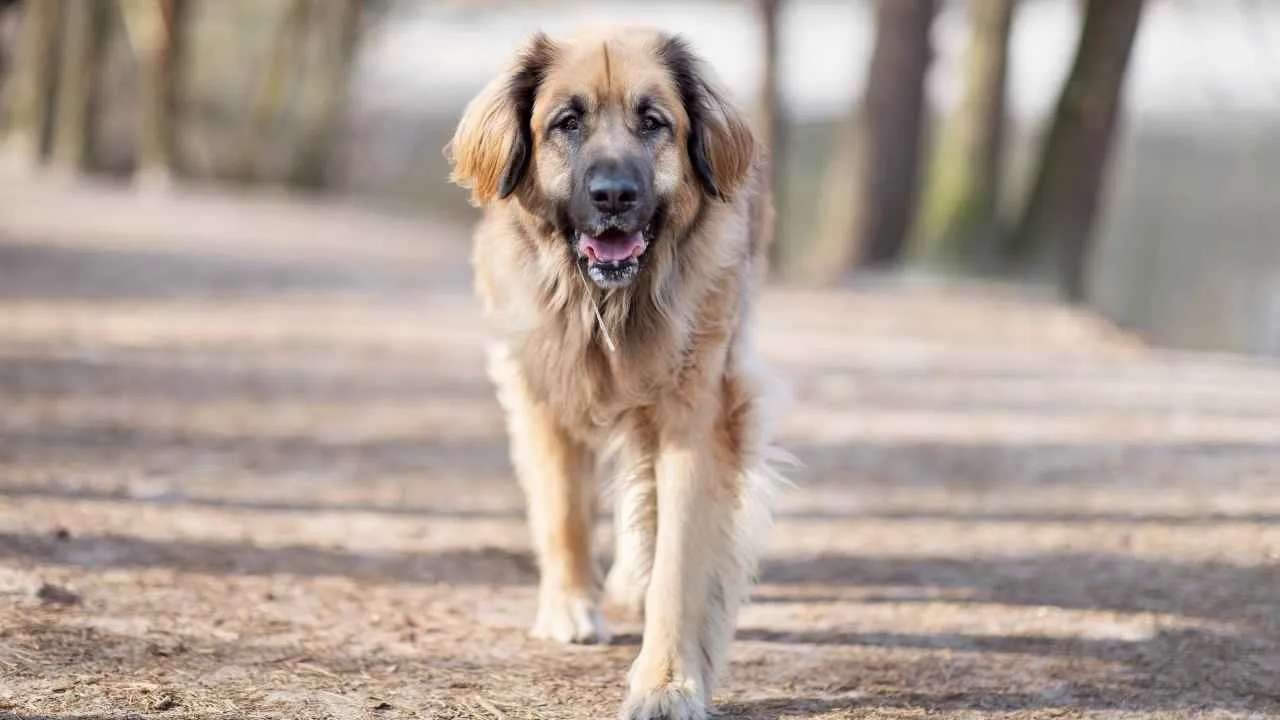
If a bear had great posture and a sense of grace, you’d get the Leonberger. With a fluffy golden mane and mountain-moving strength, this breed fits the “colossal” title without breaking a sweat.
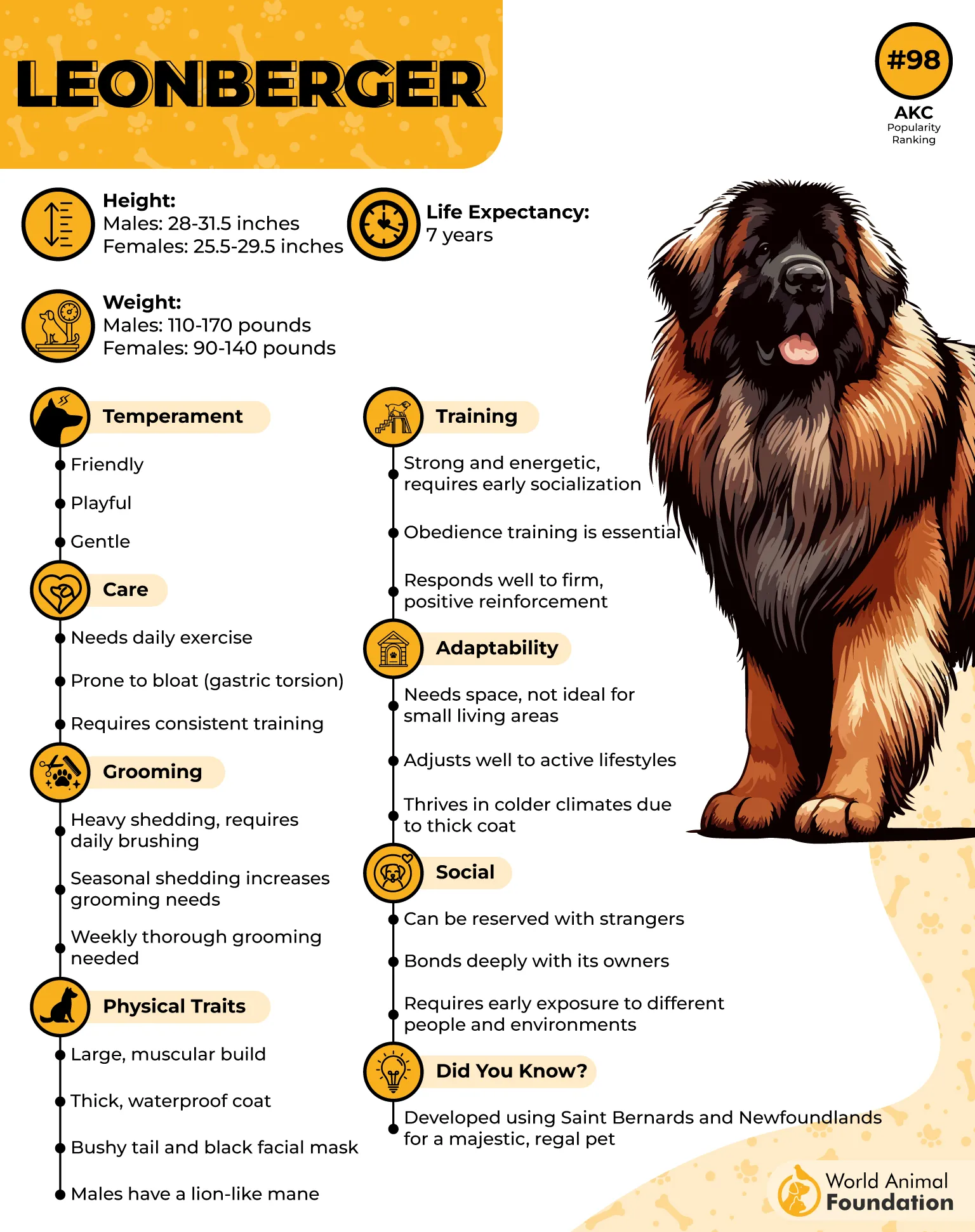
Their paws aren’t just big—they’re paddle-like. This breed adores water. Some Leonbergers are even trained for aquatic rescues, and their thick coats help them power through cold lakes without flinching or faltering.
Under that lion-ish fluff is a temperament built for composure. Loud noises, chaotic energy, or sudden shifts? They process, then respond. These dogs tend to weigh emotional energy, then match it with curious, controlled reactions.
Weekly grooming sessions aren’t optional. Their dense undercoat sheds in tufts and tangles fast. Most owners end up keeping a dedicated brush kit just for this breed. Think of it as a salon appointment with snacks.
Though massive, Leonbergers aren’t brutes. Their coordination is impressive, and they’re known to maneuver carefully around furniture or toes. That said, baby gates, barriers, or closed doors don’t always hold up under those shoulders.
Fun Fact
A Leonberger once held a starring role in a royal circus show in Germany, where it pulled carts, leapt through hoops, and even wore a jeweled crown during its final bow.
3. Neapolitan Mastiff
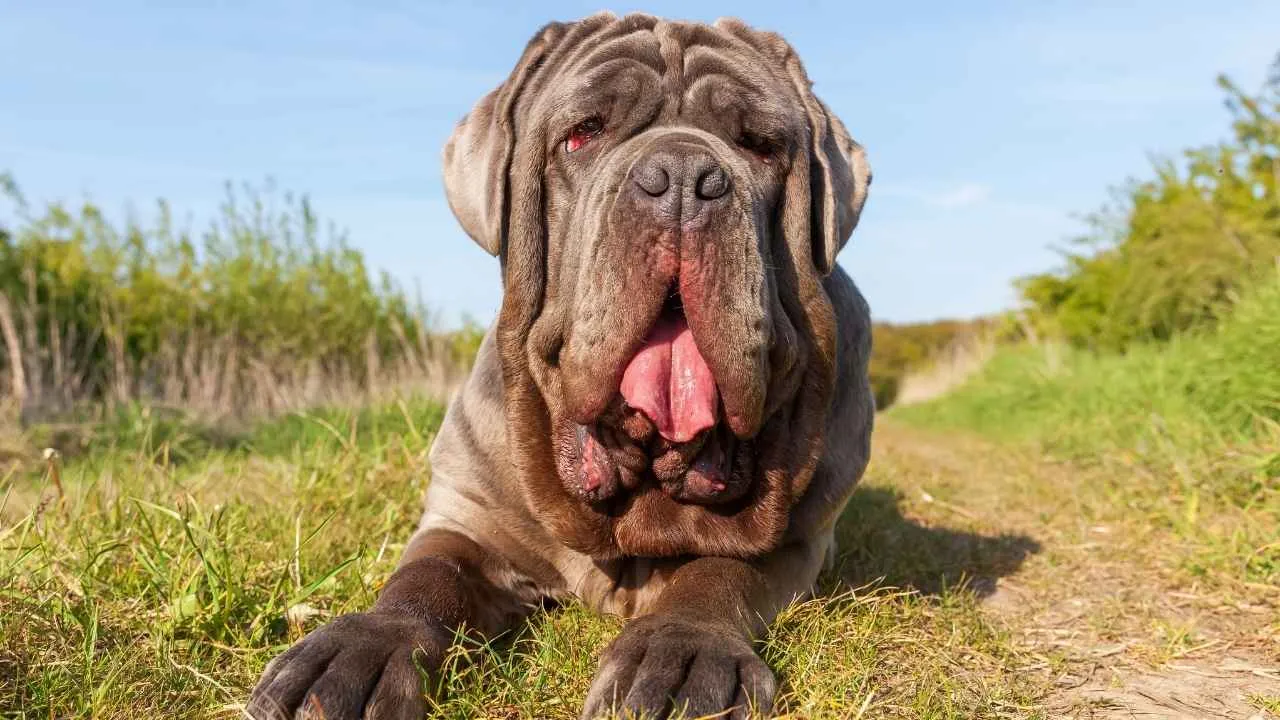
The Neapolitan Mastiff doesn’t enter a space—it fills it. With sagging wrinkles, enormous jowls, and a slow, thudding walk, this ancient breed feels like it stepped straight out of a crumbling Roman mural.
Drool is part of the package. When a Neo drinks water, it doesn’t sip—it floods. Towels near water bowls and hardwood floors are smart moves. It’s less mess management, more interior survival planning.
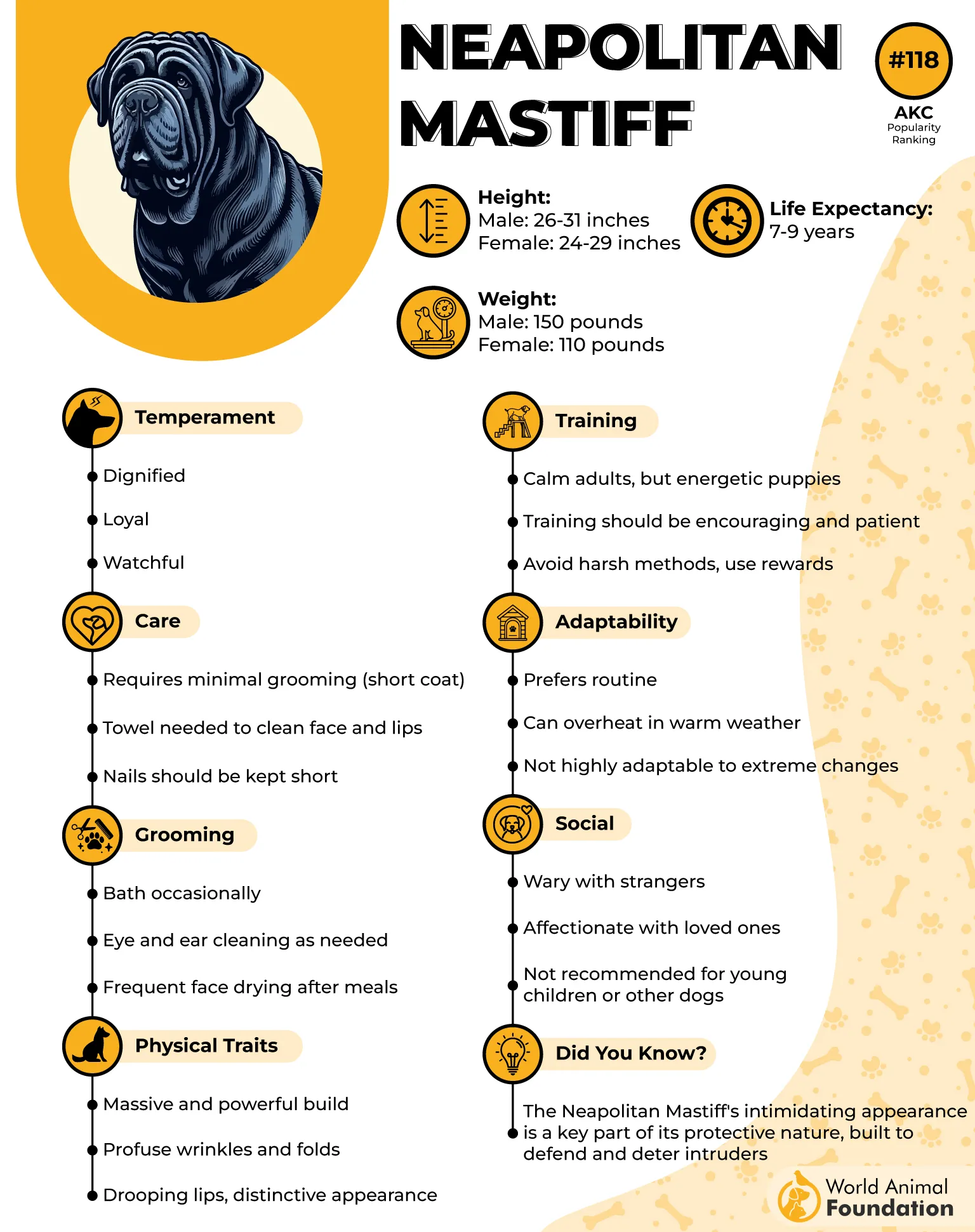
Mastiffs thrive on routine. Erratic schedules can stress them. Predictable feeding, rest, and social time help regulate their energy. Their slow pace hides a sharp mind, especially when guarding or monitoring territory from a quiet corner.
Tight quarters? Not ideal. Their body turns feel like forklift maneuvers. Open-plan spaces suit them better. If there’s a couch around, odds are they’ll try to climb it—even if it groans under the weight.
Noise isn’t their thing. But posture is. When a Neapolitan Mastiff squares up and plants itself near a doorway, it’s not debating entry—it’s controlling it. Their guarding instincts activate without a peep.
Fun Fact
In ancient southern Italy, Neapolitan Mastiffs were believed to ward off evil spirits. Their loose skin and giant frame were said to confuse enemies—and superstitious thieves—into turning back.
4. Newfoundland
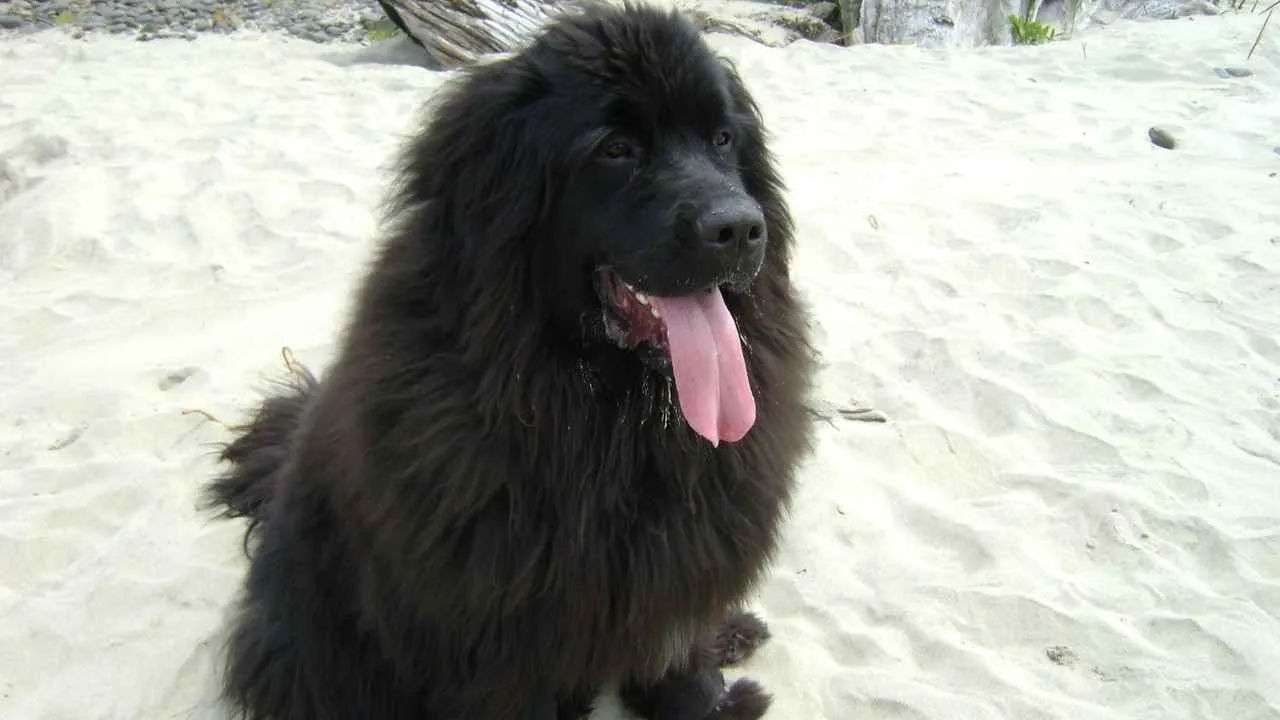
The Newfoundland earns its colossal reputation through sheer strength and water rescue brilliance. This breed’s size isn’t just impressive—it’s functional, built to navigate choppy waters and icy currents with power that’s equal parts grace and grit.
Those enormous paws? Think built-in paddles. Their body structure supports efficient swimming, with lung capacity and stamina that make long aquatic rescues possible. No random dog gets a lifeguard legacy like this one.
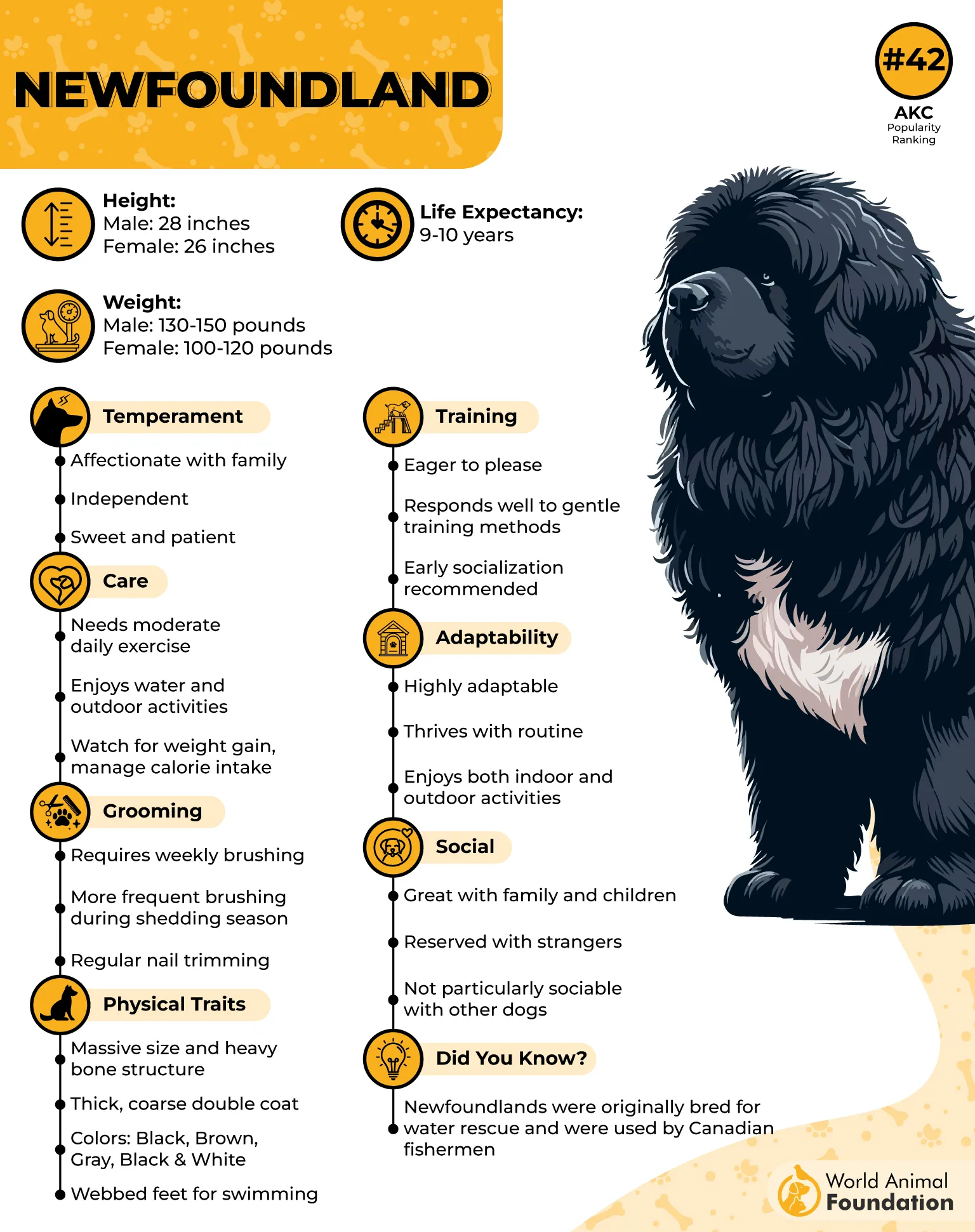
Their loyalty leans toward protective awareness, not overbearing clinginess. Newfoundlands don’t shadow their handlers constantly but develop an understanding of human rhythms, stepping in with silent assurance when their presence genuinely makes a difference.
According to WebMD, they’re prone to overheating during summer strolls, so strategic timing is everything. Cool walks in shaded areas, proper hydration, and skipping the afternoon sun are all part of maintaining their comfort without limiting outdoor time.
If there’s water nearby, they’ll find it—and probably enter it without asking. Puddles, ponds, even shallow fountains might tempt them. It’s instinctual, not defiance. Just keep a towel handy or embrace the splash zone.
Fun Fact
Newfoundlands have saved actual lives during shipwrecks and coastal emergencies, often pulling survivors to shore using just their teeth and shoulders.
5. Saint Bernard
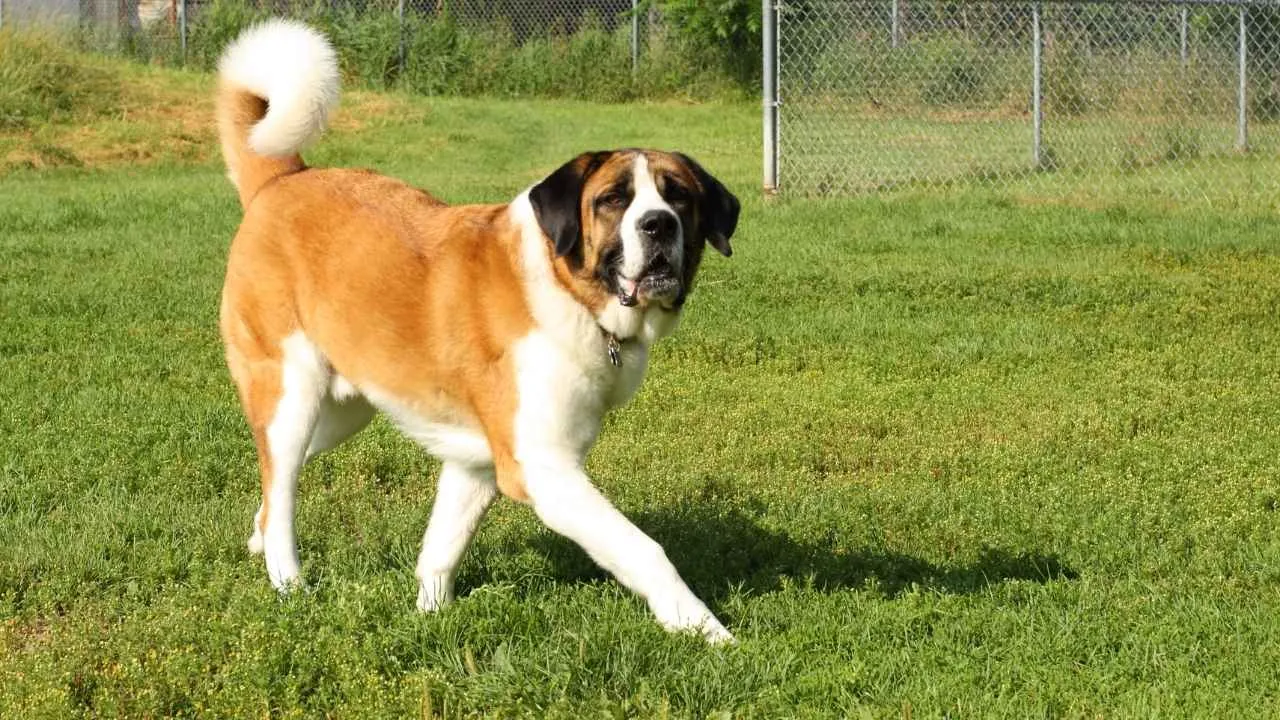
Towering yet thoughtful, the Saint Bernard doesn’t charge into chaos—it analyzes. Known for its alpine search-and-rescue origin, this breed carries an avalanche-defying past that’s equal parts powerful and perceptive, making it far more than its size suggests.
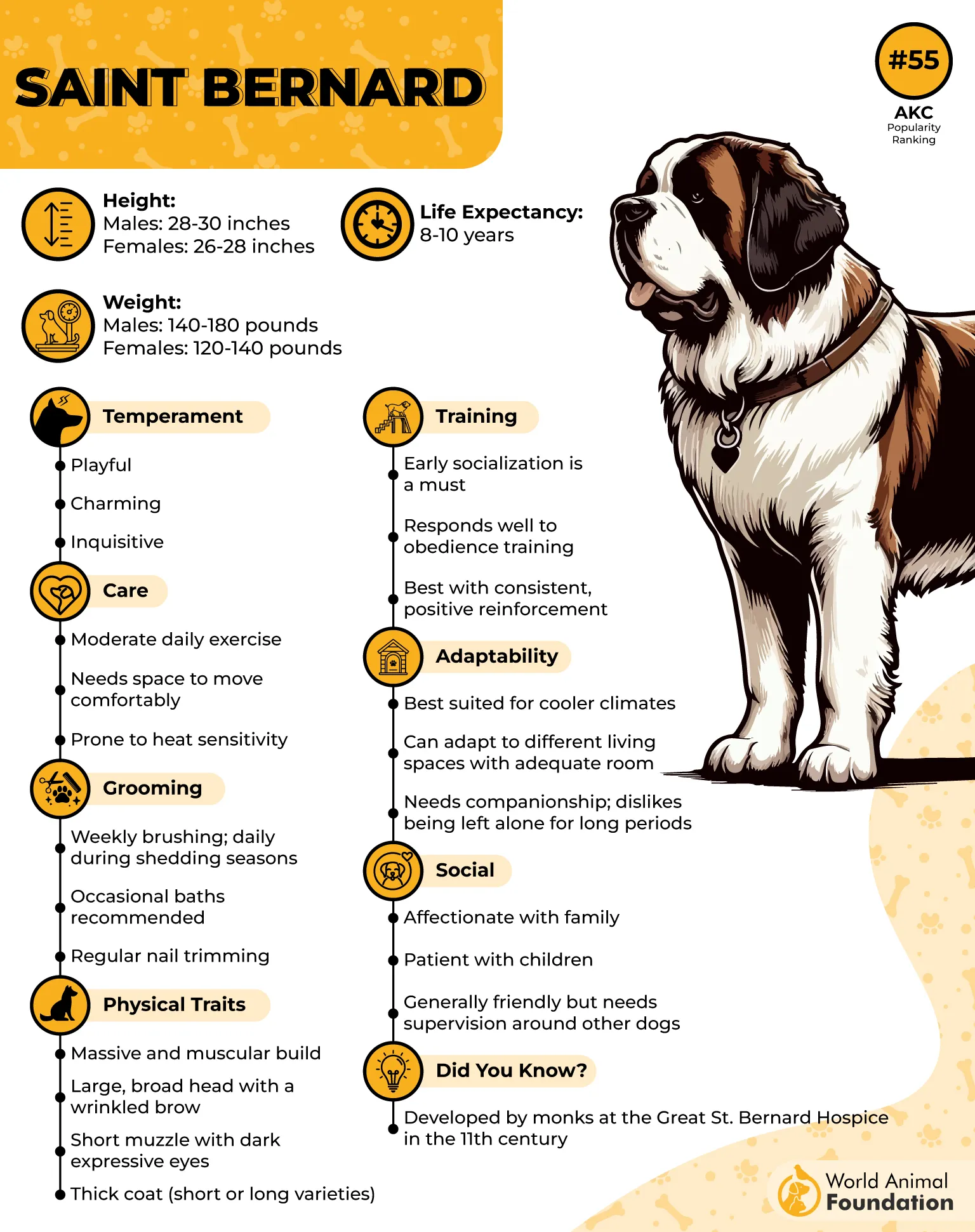
They aren’t pacey or hyper but move with strategic steadiness. Instead of reacting instantly, they pause, assess, and then act. That delay? It’s calculation, not confusion. This breed knows when to conserve and when to engage.
Drool? It happens. Especially after meals, while waiting for treats, or post-drink. Keeping a towel nearby isn’t overkill—it’s wisdom. But their coat surprisingly doesn’t trap odor the way you’d expect from such a size.
Ever tried stepping around a sleeping Saint Bernard? Not easy. They’ll stretch diagonally, take up two-thirds of the hallway, and barely blink when you tiptoe past. Their nap game is confident and sprawling.
City life isn’t their default vibe, but with enough space, structure, and positive reinforcement, they can adapt. Just don’t expect dainty movements around table legs or fragile furniture. They carry the mass of mountains.
Fun Fact
The famous Saint Bernard “Barry” saved over 40 people in the Swiss Alps during his lifetime and has a dedicated monument in Paris.
6. Scottish Deerhound
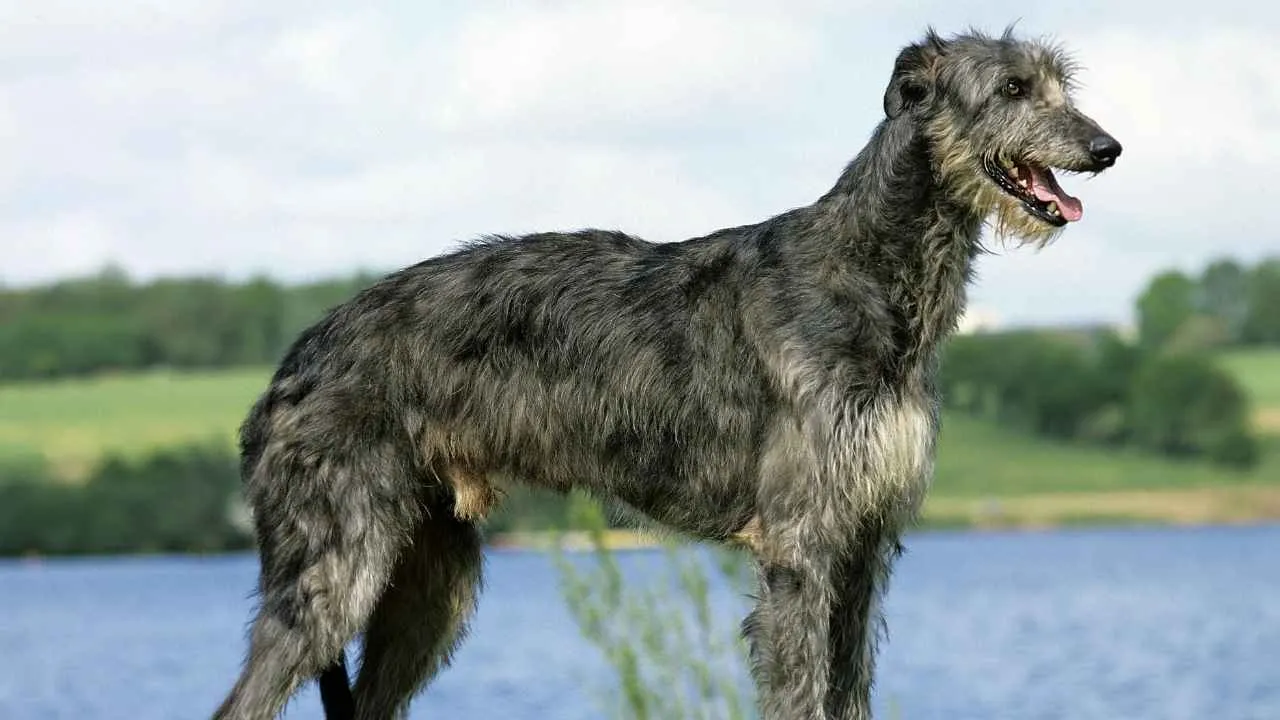
The Scottish Deerhound has height, stride, and a history full of drama. It once roamed rugged Scottish hills in pursuit of red deer, not for fun, but for survival-level sport requiring speed and striking precision.
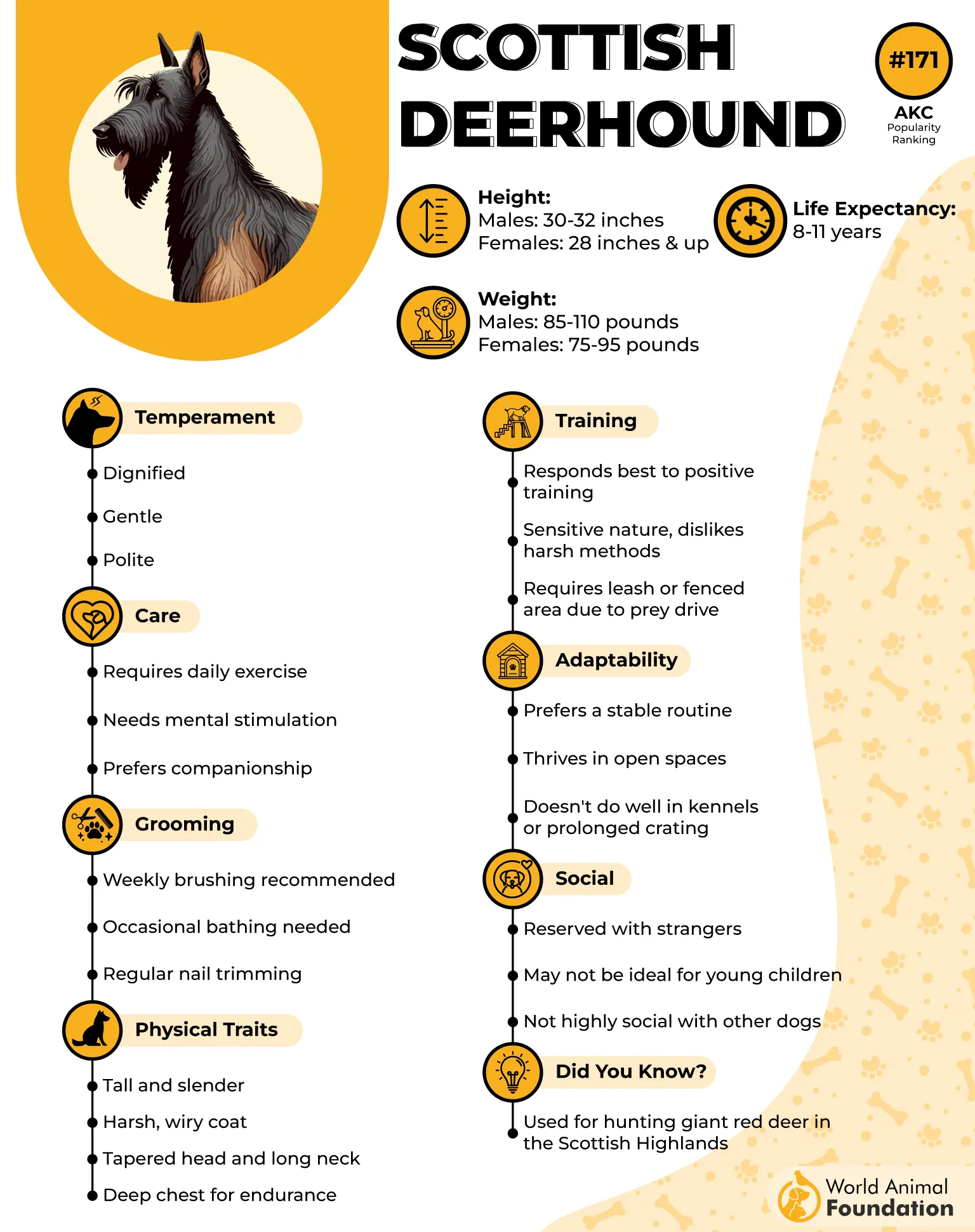
Though they look regal, they’ll go from majestic to muddy in ten seconds if freedom’s involved. They crave short bursts of sprinting freedom, then switch gears into lazy loungers with Olympic-level relaxation skills.
Their personalities are softly spoken. Not shy, but gentle, they take in everything before deciding if a reaction’s necessary. They’re known to lean against your leg, not for support, but as casual presence acknowledgment.
According to PetMD, training them isn’t about asserting control. It’s about mutual agreement. They tune out repetitive commands but respond to tone shifts, timing, and tasks that respect their intelligence. They’re listeners, not order-takers.
Their wiry coat rarely mats, but they do pick up twigs like Velcro in windy weather. Quick grooming brushes work best, and most owners discover the joy of finding half a bush in their hallway.
Fun Fact
In medieval Scotland, no one below the rank of earl was allowed to own a Scottish Deerhound—it was literally a dog for nobility only.
7. English Mastiff
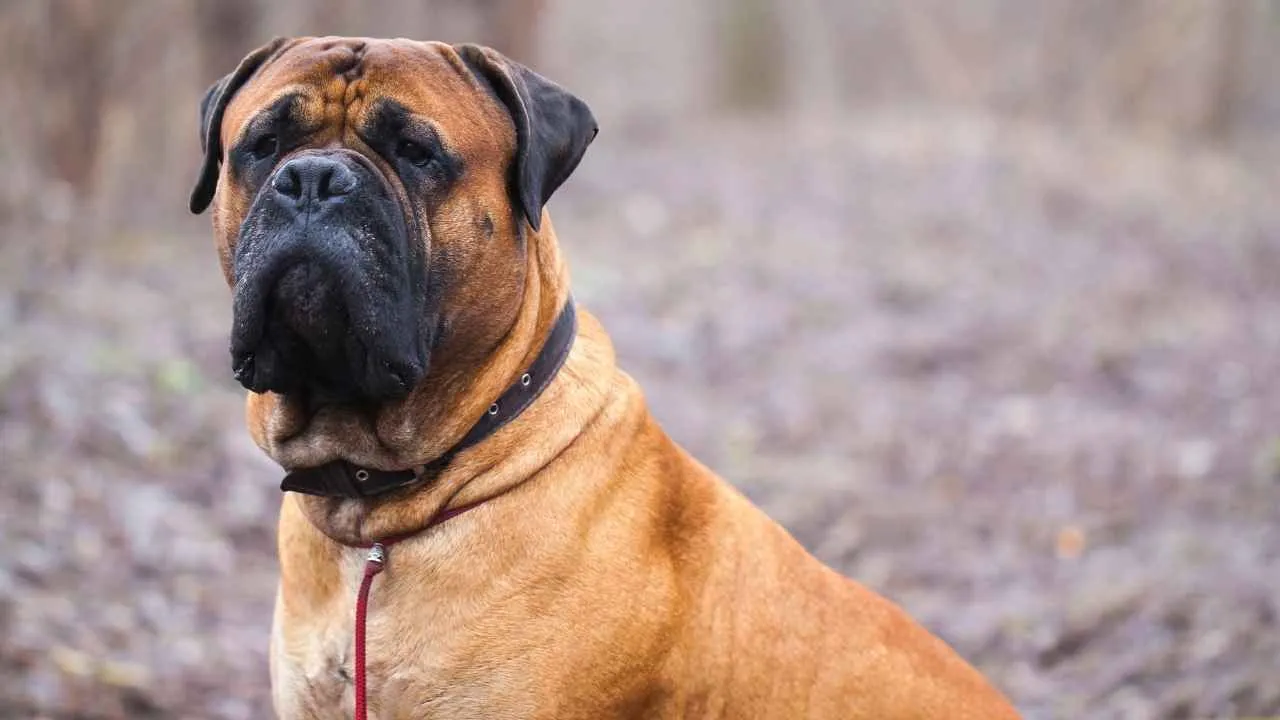
The English Mastiff has volume, weight, and presence that shifts the room. Descended from ancient war dogs and Roman arenas, this breed carries a depth of history that’s just as massive as its body.
A Mastiff doesn’t jump to conclusions—or to much else, really. They’re thinkers, not reactors. You might mistake their stillness for sleep, but their ears catch more cues than you think during silent watching.
Meals are an event. Mastiffs don’t snack—they feast. Nutrition isn’t casual here. Controlled portions, scheduled meals, and proper supplements are part of raising them without overburdening their skeletal frame during early growth.
They often “speak” with groans, huffs, or slow blinks. It’s not laziness—it’s language. Once you recognize the signals, you’ll realize they’ve been trying to communicate their preferences with full-body expressions.
They don’t require nonstop interaction but do need strategic structure. Boundaries and familiar environments help them feel grounded. Without routine, their calm exterior becomes indecisiveness. They’re giants that rely on inner stability, not chaos.
Fun Fact
During World War II, English Mastiffs in Britain were nearly extinct due to food rationing. U.S. breeders helped revive the bloodlines after the war.
Conclusion
Colossal dog breeds leave an unforgettable impression, from their sheer size to their commanding presence. Whether it’s the tallest dog breed or one with unmatched muscle, their arrival shifts the atmosphere. Their stature alone earns instant respect wherever they go.
Despite their intimidating build, many of these dogs are known for a surprisingly gentle nature. Recognized by the American Kennel Club, these giants often display calm, steady temperaments—perfect for homes that can accommodate their needs and strength.
The Great Danes, Bernese Mountain Dogs, and the Gamekeeper’s Night Dog each have their own remarkable characteristics, but none of these breeds are included among the colossal breeds featured in this guide.
Each breed on this list brings something different to the table—whether it’s quiet dignity, bold confidence, or gentle strength. With the right environment, these dogs don’t just fit in—they elevate the space they’re part of.


